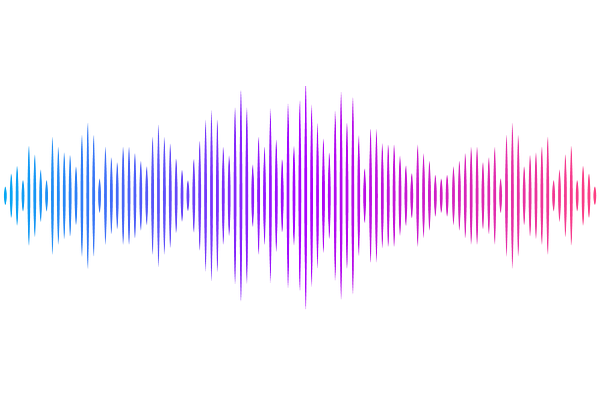Restoring the Broken Covenant Between Compilers and Deep Learning Accelerators

Restoring the Broken Covenant Between Compilers and Deep Learning Accelerators
Sean Kinzer, Soroush Ghodrati, Rohan Mahapatra, Byung Hoon Ahn, Edwin Mascarenhas, Xiaolong Li, Janarbek Matai, Liang Zhang, Hadi Esmaeilzadeh
AbstractDeep learning accelerators address the computational demands of Deep Neural Networks (DNNs), departing from the traditional Von Neumann execution model. They leverage specialized hardware to align with the application domain's structure. Compilers for these accelerators face distinct challenges compared to those for general-purpose processors. These challenges include exposing and managing more micro-architectural features, handling software-managed scratch pads for on-chip storage, explicitly managing data movement, and matching DNN layers with varying hardware capabilities. These complexities necessitate a new approach to compiler design, as traditional compilers mainly focused on generating fine-grained instruction sequences while abstracting micro-architecture details. This paper introduces the Architecture Covenant Graph (ACG), an abstract representation of an architectural structure's components and their programmable capabilities. By enabling the compiler to work with the ACG, it allows for adaptable compilation workflows when making changes to accelerator design, reducing the need for a complete compiler redevelopment. Codelets, which express DNN operation functionality and evolve into execution mappings on the ACG, are key to this process. The Covenant compiler efficiently targets diverse deep learning accelerators, achieving 93.8% performance compared to state-of-the-art, hand-tuned DNN layer implementations when compiling 14 DNN layers from various models on two different architectures.